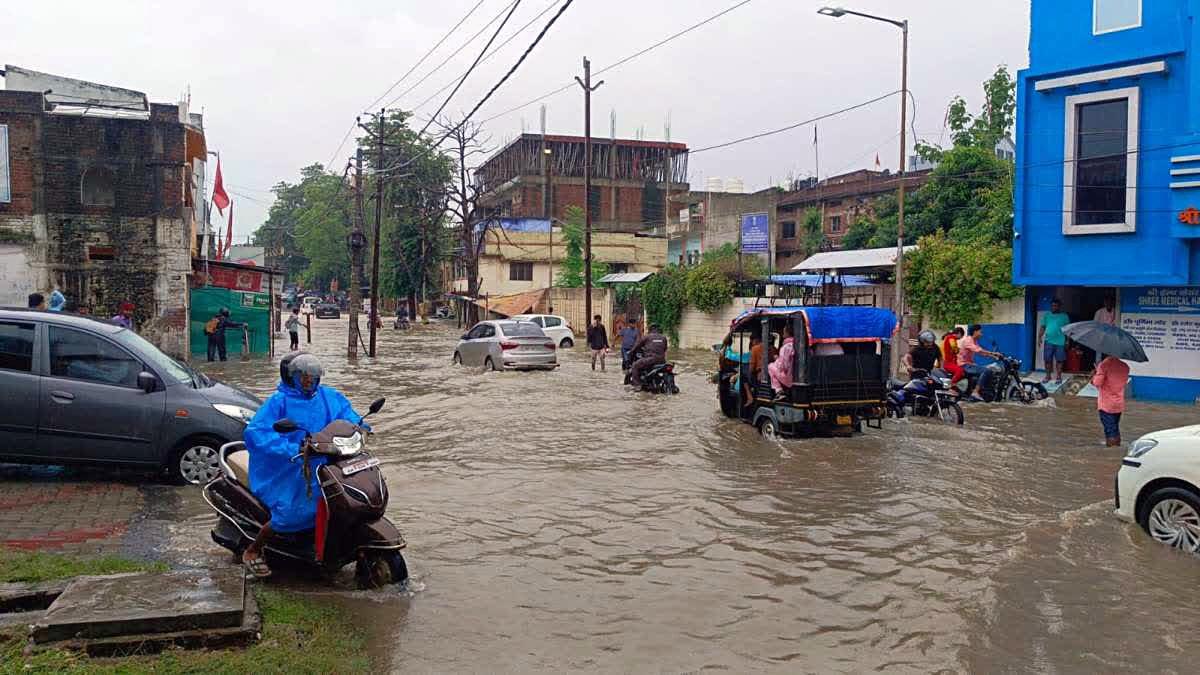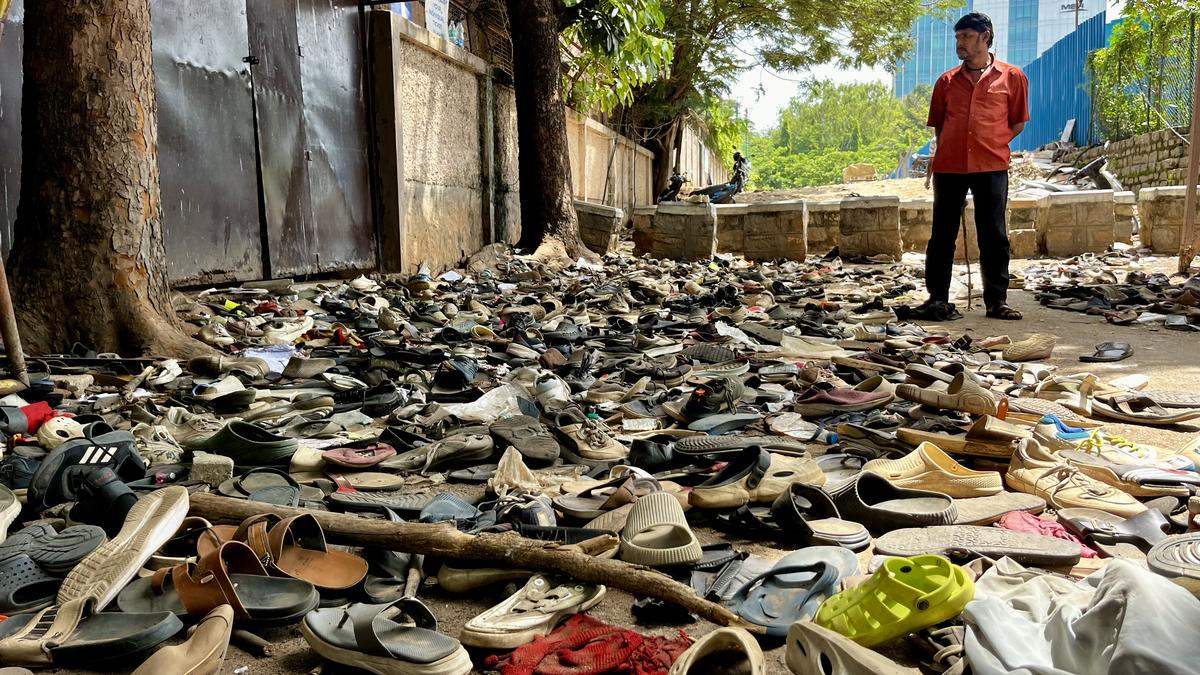Now Reading: Heavy Rains Shut Schools in Three Jharkhand Districts
-
01
Heavy Rains Shut Schools in Three Jharkhand Districts
Heavy Rains Shut Schools in Three Jharkhand Districts

Quick Summary
- All schools in Palamu, Garhwa, and Latehar districts of jharkhand remained closed on July 17, 2025, due to incessant rainfall.
- Moderate to heavy rains have affected parts of these regions for two consecutive days.Downpours are forecasted for july 17 by the IMD (India Meteorological Department).
- A flash flood alert has been issued for 19 districts in Jharkhand amid widespread rainfall.
- As a precautionary measure against rising water levels at the Bheem barrage under the North Koel project, 38 out of its 40 sluice gates have been opened. Approximately two lakh cusecs of water were released on July 16.
- Authorities have warned boaters and fishermen not to venture into rivers due to increased water levels.
- Jharkhand has recorded a surplus rainfall of 71% between June 1 and July 16, with precipitation measuring at 595.8 mm against the normal average of 348.9 mm.
Photo Caption: Commuters wading through waterlogged roads in Palamu after heavy rain (july 16). | Photo Credit: ANI
Indian Opinion Analysis
The extreme weather conditions faced by Jharkhand emphasize growing concerns regarding India’s vulnerability to intense monsoon variations. This year’s important surplus rainfall-71% above normal-has induced disruptions across key public sectors like education while demanding urgent infrastructural responses such as opening barrage sluice gates and issuing precautionary alerts. The closure of schools points toward increasing challenges for district-level administrators as they manage both safety priorities and essential services during climate-related events.
Given repeated instances like stranded students in flooded residential schools or warnings against river activities, lasting solutions like enhanced drainage systems or disaster-resilient structures appear critical for long-term mitigation strategies. Moreover, precise forecasting from IMD remains vital but must be complemented with proactive resource allocation aligned with climate patterns observed statewide.
While short-term measures are visibly active under administrative directives during this ongoing deluge phase, periodic review frameworks addressing localized vulnerabilities-especially rural-in mitigating recurring episodes could significantly improve preparedness across susceptible regions such as Palamu or adjacent zones evidencing similar high-risk conditions tied fundamentally toward hydrological oversaturation patterns cyclically manifest particularly-tier monsoon”.























